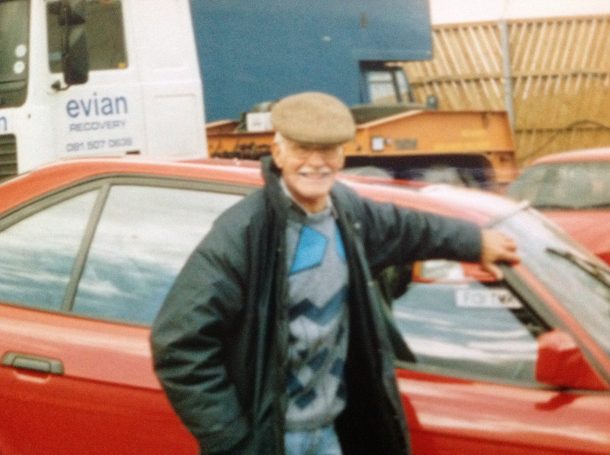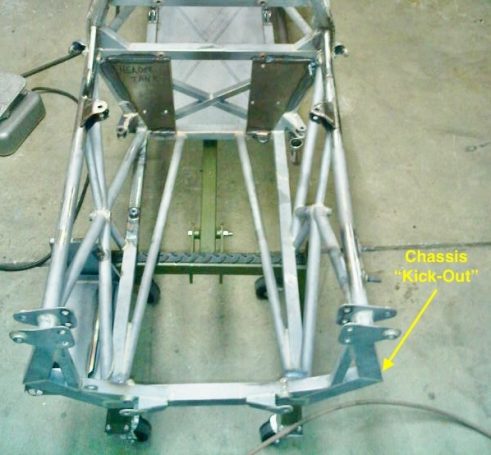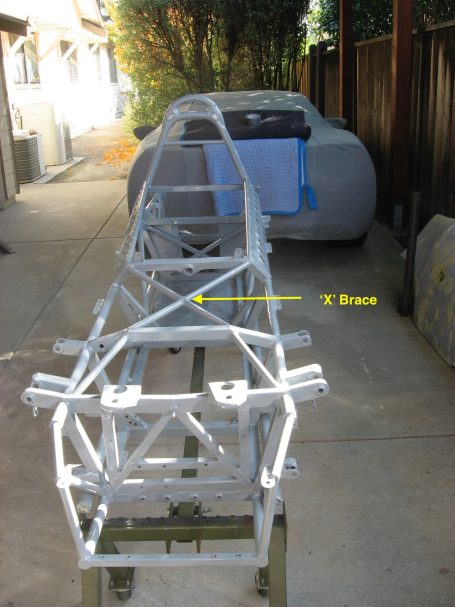The Models, Spec Sheets & a Bit About the Principals
Here are the three men responsible for Palliser Winkelmanns. In Europe the cars were sold as Pallisers & in North America they were distributed by Bob Winkelmann & renamed "Winkelmann". For ease of understanding, the name "Palliser-Winkelmann" will be used simply to ensure that it's understand the two names represent the same car.
Hugh Dibley was a BOAC pilot & successful race driver in a wide variety of cars & he was the man behind the creation of Palliser Racing Design Limited.
Len Wimhurst was working for Brabham when he proposed the idea of building a car of his own design to Hugh Dibley. The flame was lit...
There are two common misconceptions about Palliser Winkelmanns & they are:
Misconception #1: The model prefixes, WD, are taken from Wimhurst & Dibley & are followed by the car type (F for FF, B for Formula B, etc.) & then by the generation (1, 2, 3, etc.) of the car. Here's the important part: Just because two different models have the same generation number, such as a WDF2 FF & a WDB2 Formula B/Atlantic, it does not mean they are similar. Bear in mind, in the WDF2/WDB2 example the FF was built a year after the Formula B car. In fact, the WDF1, WDB1 & the WDB2 share an (almost) common chassis while the later cars share a newer one.
Misconception #2: Frequently people say Palliser Winkelmanns are essentially Brabhams, but that's incorrect. The only common element between the two is the wheel bolt spacing & the Alford & Alder uprights that most of the Formula cars used in the 1960s, but that is all. All of the in-house parts made for the cars, rear uprights, steering rack, wheels (excluding FF) chassis, etc. were designed & made by Palliser Racing Design. Palliser Design also made parts for March, McNamara & Daren racing cars.
In the photos below I've tried to give a representative example of each model & chassis as they would have been back in the day. To that end, I've avoided using a photo of a WDF3 with a WDF4 nose & WDF2 side pods.
As you will see, I excluded chassis shots for the WDB1 & WDB3 because I didn't have any good photos. Those will come.
Be sure to click on the links to each model's spec sheet/flier for more details.
WDF1 Formula Ford
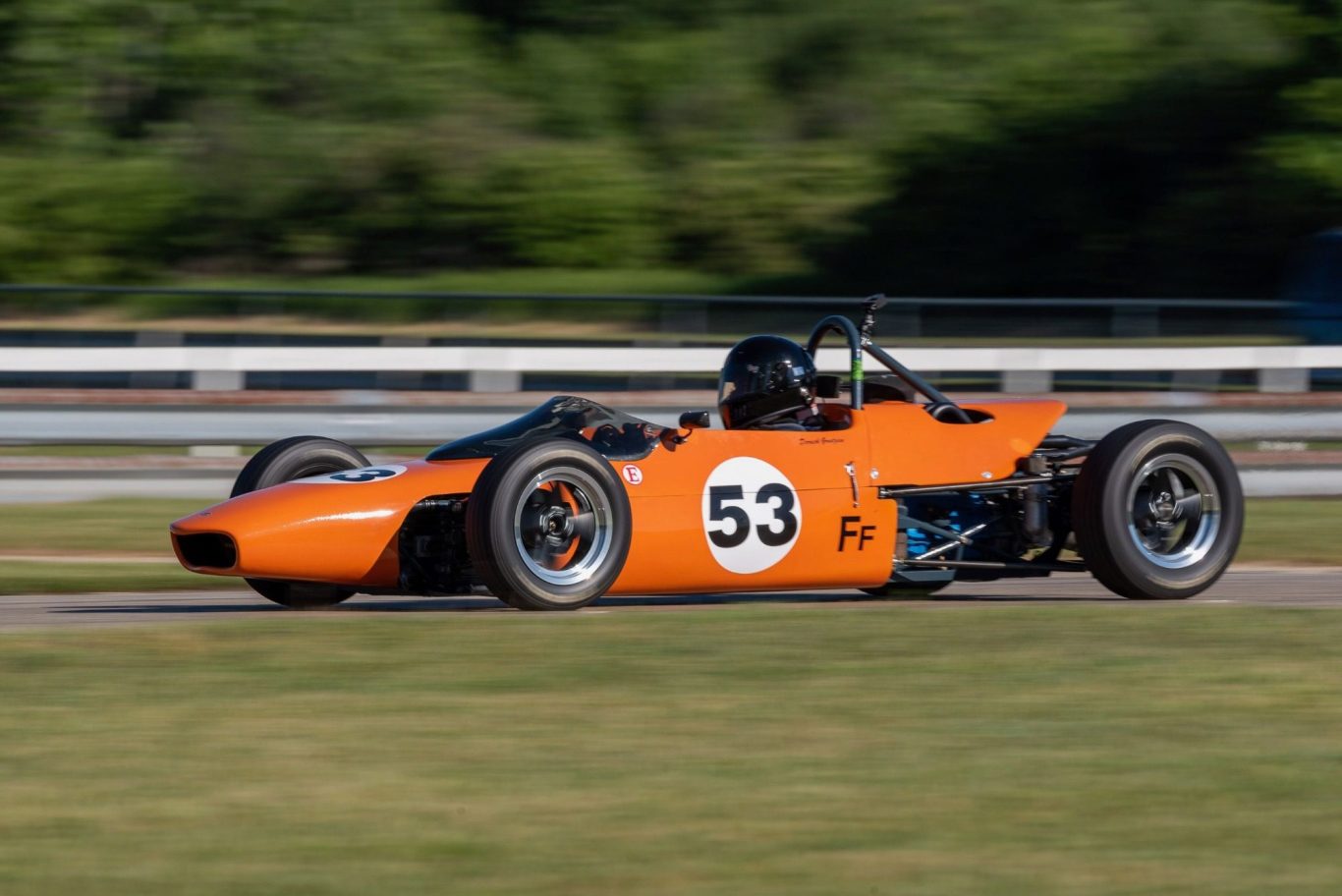
Derrick Grudzien's WDF1 Click here to download a sales flier from the day: WDF1
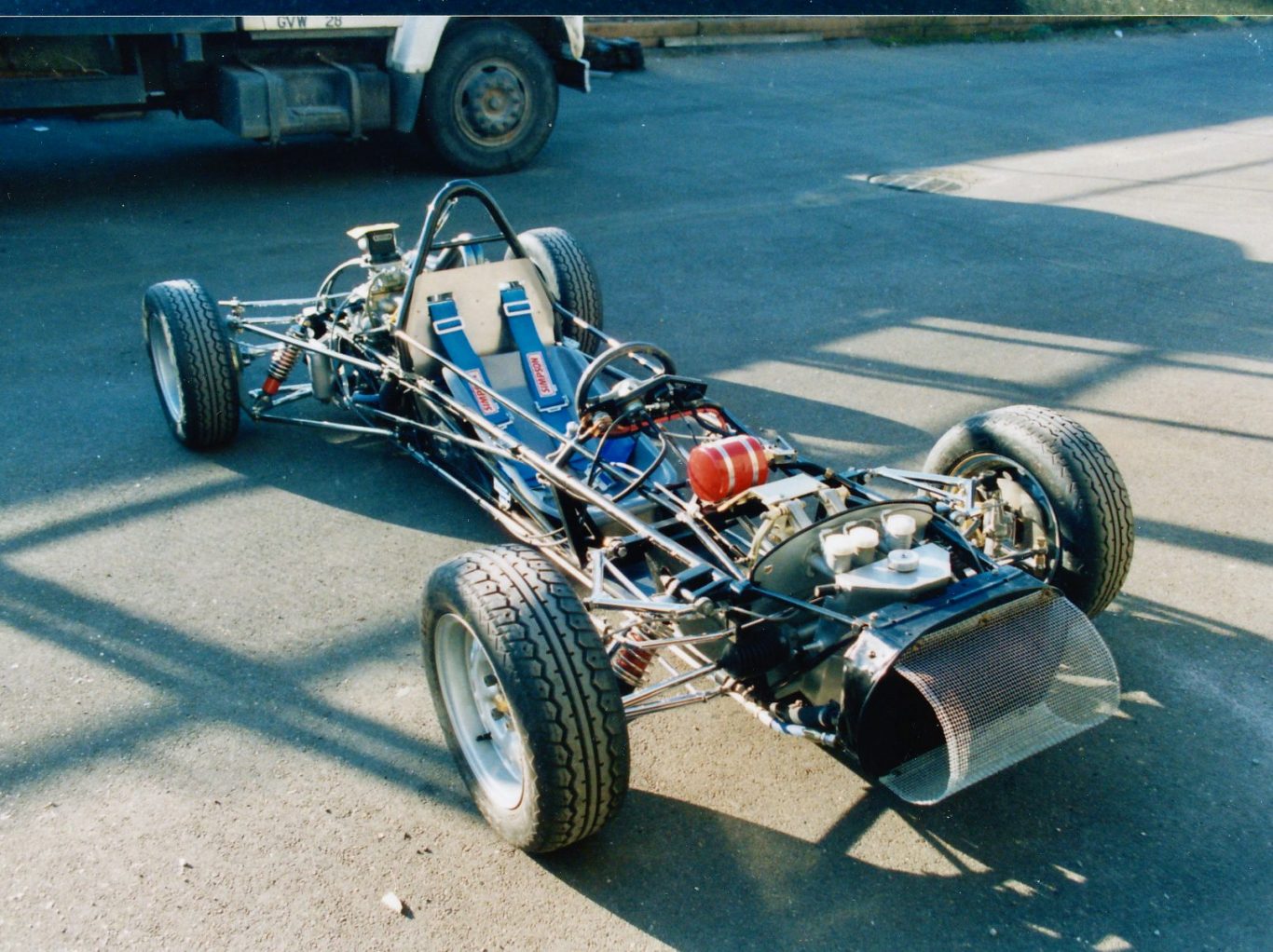
A WDF1 that shows the first type of chassis bracing above the driver's legs---an element helps ID the model.
Distinguishing features, other than a change in bodywork:
"Kick-out" on the rear bulkhead like the WDB2.
Top mounted brake & clutch cylinders like the WDB1, but unlike any other cars produced by Palliser.
Single roll bar brace like the WDB2.
Front mounted oil/water radiator.
Dry sump tank on the back, right of the car.
WDF2 Formula Ford

Cam Jackson--three time HSCC Formula Ford Champion (2018, 2019 & 2021) in the Neil Fowler prepared WDF2-4. Click here to download a sales flier from the day: WDF2

Distinguishing features, other than a change in bodywork:
'X' Bracing in the cockpit, over the legs intersecting a rectangular cross brace.
New chassis with no "Kick-out" on the rear bulkhead & replaced with round tubing.
Floor mounted brake & clutch cylinders.
Oil cooler mounted above the motor.
Dry sump tank on the back, left of the car.
The cowling ended at the front bulkhead & the nose "strap" went over the stepped edge of the cowling & fastened through the cowling, the radiator exit insert, into the bulkhead.
The WDF2 nose became the "Big Update" on the WDB2s & were standard on the WDB3s. Typically you see two Dzus fasteners used, but in the day they used three. The radiator exit was formed by using an insert behind the radiator & the Dzus buttons held it in place.
WDF3 Formula Ford

Jack Wilson's WDF3, Chassis# 29. Click here to download a sales flier from the day: WDF3

Distinguishing features, other than a change in bodywork:
Different chassis from the WDF1, including a rear bulkhead using round tubing & lacking the "kick-out" of the earlier WDF1/WDB1 & WDB2.
'V' Bracing over the driver's legs intersecting a round cross brace.
Upper front trailing arm replaces upper a-arm of the WDF2
Oil cooler moved to left rear corner of the car, behind the left half-shaft.
Two roll bar struts, though there were some "WDF3s" with a single bar, but they are likely WDF2 conversions.
The cowling was changed on the WDF3 & WDF4. Instead of ending at the bulkhead, there was a "tongue" that extended into the radiator exit in place of the insert used on the WDF2s. Two Dzus buttons fastened through the outer edge of the nose (there was no "strip" as on the WDF2s), through two narrow stepped tabs of the cowling & into the bulkhead.
WDF4 Formula Ford
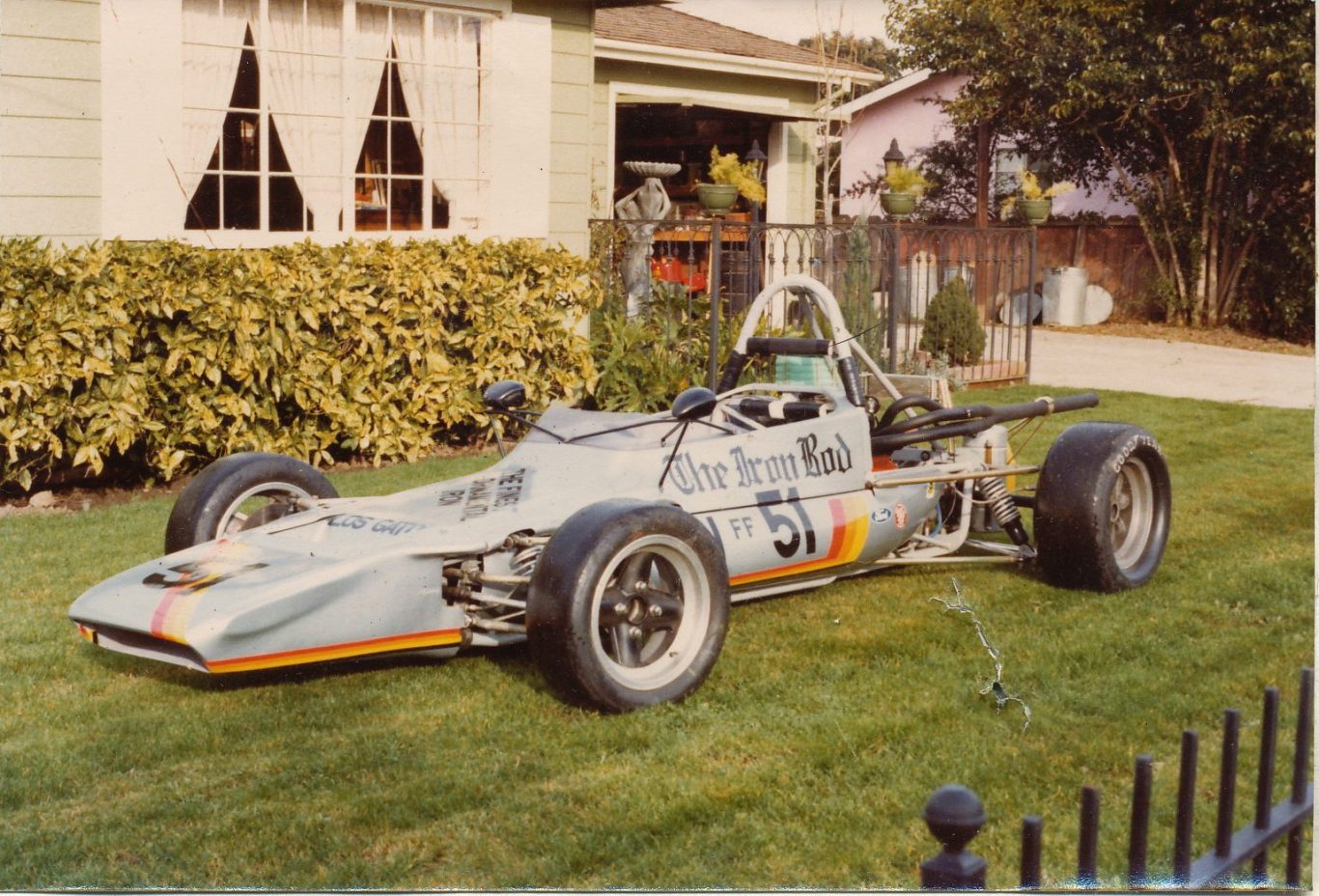
WDF4 Click here to download a sales flier from the day: WDF4

Distinguishing features, other than a change in bodywork:
Minimal frame bracing over the driver's legs & and elimination of the 'S' & 'V' braces of earlier cars.
There was no dash hoop to which a panel was welded, like the earlier cars. The WDF4 had a simple, straight cross brace to which the dash panel was welded.
Fabricated steel front uprights
Two roll bar braces
WDB1 Formula B/Atlantic

Bob Burnside's WDB1 Chassis #02.
Chassis is virtually identical to the WDF1, ergo:
"Kick-out" on the rear bulkhead.
Top mounted brake & clutch cylinders.
Larger brakes than the WDF1.
Front mounted oil/water radiator.
All four of the WDB1s built were delivered with Hewland Mk. V gearboxes
WDB2 Formula B/Atlantic

Keith Saunders from Albuquerque, NM in WDB2-1 or 2 at Laguna Seca in 1971
Chassis is similar to the WDF1 & WDB1 with the "Kick-out" on the rear bulkhead, but changes include:
'X' Brace over the driver's legs
Floor mounted brake & clutch cylinders.
"Landing strip" sheetmetal around upper cockpit sides.
Rear mounted oil cooler.
All eight of the WDB2s built were delivered with Hewland FT200 gearboxes
WDB3 Formula B/Atlantic

John Brown's WDB3
The WDB3s were a bit of an "interim" car, few (two or three) were made & some shared features of the WDB2 chassis, while others used the WDB4 chassis---and likely became rebadged as WDB4s. The WDB3 was the test car in the article by Simon Taylor, mistakingly entitled "Driving a Formula Atlantic WDB2 Track Test" when it should have said "WDB3". You can read on the article on the "Videos & Articles" page of this site.
Chassis is different to the WDF2, with the absence of the sheetmetal in the cockpit & a very different treatment over the forward cockpit that included eliminating the angled braces above the driver's feet, among other features.
Wider roll bar than earlier cars.
At least one WDB3 had the "Kick-out" on the rear bulkhead, while others had what was later known as a WDB4 chassis.
Front uprights were the usual Alford & Alder, but one or two WDB3s received cast magnesium ones like the one in the track test article.
WDB4 Formula B/Atlantic

1971 Formula Atlantic Champion Vern Schuppan's WDB4 (though he used a WDB3 as well) with John Gillmeister's WDB4 behind . Click here to download a sales flier from the day: WDB4
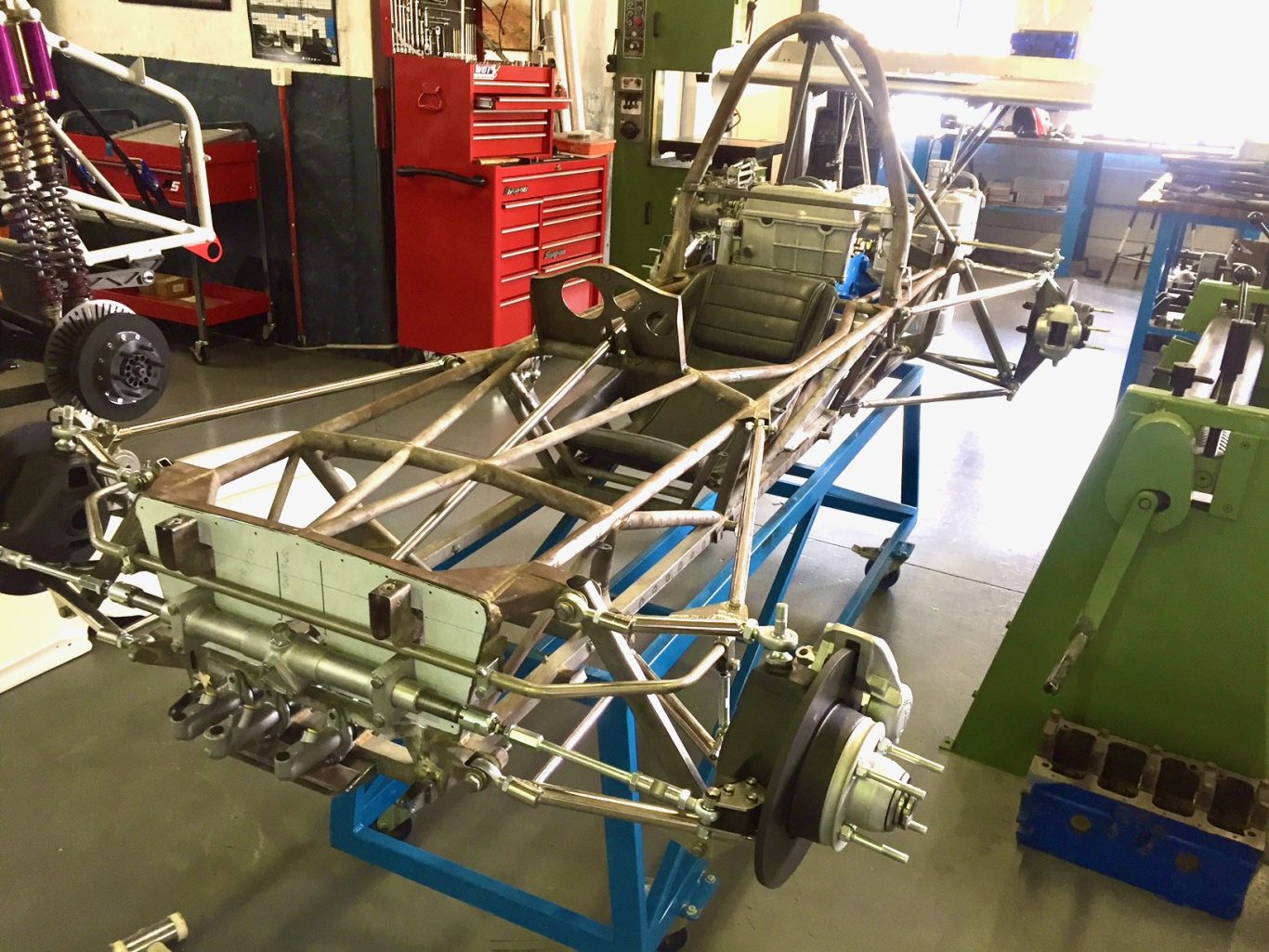
Chassis similar to the WDF3 with the 'V' bracing & twin roll hoop supports..
Cast magnesium front uprights.
Wider roll bar than the WDB2 & similar to the WDB3
Rear bulkhead without "Kick-out" allows room for a "down & out" exhaust.
Floor mounted brake & clutch cylinders.
Rear mounted oil cooler.
Similar dash to the WDF4, but the brace to which the dash was welded was curved, unlike the straight tube with the WDF4.
WDV1 SuperVee

Period brochure photo of the WDV1 SuperVee. Click here to download a sales flier from the day: WDV1
WD3 Formula 3

Gareth Walters Formula 3 WD3-2

The WD3 Formula 3 car chassis was almost identical to the WDF3 Formula Ford. Any changes were minor such as the dash being welded to the crossbar & eliminated the WDF3's hoop over the top of the dash. Unlike the WDF4, the crossbar was not straight. I've was told bt Bob W. that the front suspension had different geometry from the WDF3, but I haven't a clue how it was different or how the difference was achieved. I suspect it was simply setup due to the slicks being used instead of treaded tires.
WDH Formula B/Atlantic

Mike MacDowell WDH-1 Palliser Repco Hillclimb Car
WDA1 Formula 5000

Matt Veal's one-off Palliser WDA1 F5000, born a Franklen & ultimately a Mildren. Click here for the whole story: WDA1
©Copyright. All rights reserved.
We need your consent to load the translations
We use a third-party service to translate the website content that may collect data about your activity. Please review the details in the privacy policy and accept the service to view the translations.


